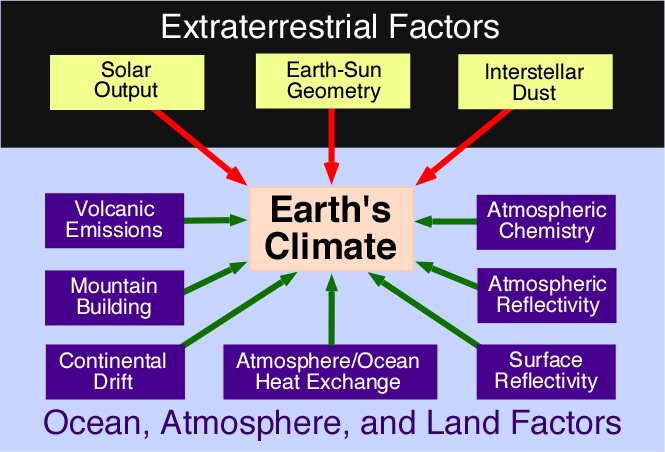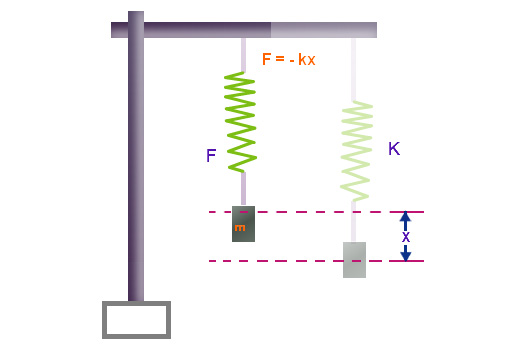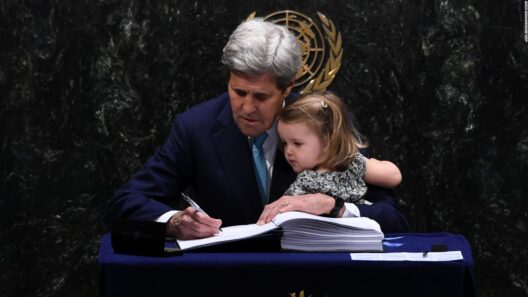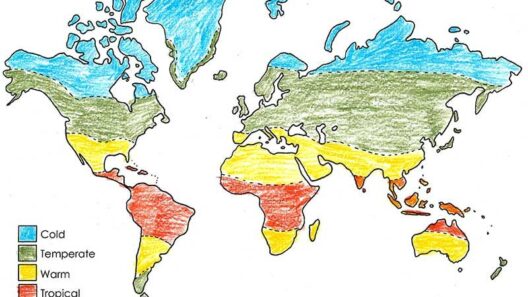Climate change is a convoluted phenomenon, interwoven with a tapestry of natural and anthropogenic threads. It beckons us to ponder a rather playful question: Have you ever considered the intricate dance of natural forces alongside human actions in shaping our planet’s climate? This conundrum leads us to explore the myriad causes of climate change, from the majestic cycles of the Earth itself to the increasingly palpable impact of human activities.
To comprehend climate change, we must first delve into the realm of natural factors. Earth’s climate has been in a constant state of flux for millions of years. These fluctuations are governed by several mechanisms: solar radiation, geological events, ocean currents, and even biological processes. But how do these mechanisms coalesce to influence our climate?
Solar Radiation
At the heart of our climate system lies the sun, the primary source of energy for Earth. Variations in solar output can significantly affect global temperatures. Certain periods, known as solar cycles, witness an upsurge in solar activity, resulting in enhanced radiation and warmth. Conversely, decreased solar activity can trigger periods of cooler temperatures, reminiscent of the Little Ice Age that prevailed in Europe from the 14th to the 19th century.
This cyclical nature of solar radiation raises a crucial inquiry: Can we solely attribute climate changes to cycles of the sun? While solar radiation is a substantial component, it is only one piece of the multifaceted puzzle of climate change.
Geological Events
Our planet’s geology also acts as a formidable player in the climate drama. Volcanic eruptions, for instance, release vast amounts of ash and sulfur dioxide into the atmosphere. These particles can form aerosols that reflect sunlight away from the Earth’s surface, leading to temporary cooling. The eruption of Mount Pinatubo in 1991 is a classic example, as it caused a significant drop in global temperatures for several years.
However, the aftermath of geological events isn’t always transient. Crustal shifts and tectonic movements can alter ocean currents and atmospheric patterns over extended periods, establishing new climate equilibria. Such transformations raise the question: How have tectonic activities shaped our climate over geological timescales, and what might they contribute in the long run?
Ocean Currents
The world’s oceans serve not only as a repository of vast biodiversity but also as critical regulators of climate. Ocean currents, driven by wind patterns and the Earth’s rotation, distribute heat across the globe. For example, the Gulf Stream transports warm water from the tropics to the North Atlantic, influencing temperatures along the eastern U.S. coast and western Europe.
Changes in these currents can wreak havoc on weather patterns. The El Niño and La Niña phenomena showcase how fluctuations in ocean temperatures can lead to extreme weather, from droughts to torrential rains, across the globe. Have you ever considered how interconnected weather systems amplify climate variability? The ocean’s role gives us pause to reflect on our environment’s delicate balance.
Biological Processes
Life itself plays a crucial role in the climate, often in unexpected ways. For instance, the respiration of plants and animals releases carbon dioxide, while photosynthesis sequesters it. Likewise, the decomposition of organic matter emits greenhouse gases, influencing atmospheric composition. The intricacies of ecosystems reveal how life forms interact with climatic systems, potentially exacerbating or mitigating climate change. Can we fully comprehend the interdependence between biological activities and climatic shifts?
Now, transitioning from the grandeur of nature, we encounter the anthropogenic—human factors that significantly amplify climate change. The rise of industrialization has ushered in an era marked by unprecedented emissions of greenhouse gases, primarily carbon dioxide and methane. Human activities are now primary drivers of climate change, overshadowing natural processes.
Fossil Fuel Combustion
The most notorious contributor to climate change is the combustion of fossil fuels. Power plants, vehicles, and industrial processes emit huge quantities of carbon dioxide, saturating the atmosphere with this potent greenhouse gas. The rapid increase in emissions since the Industrial Revolution has surged global temperatures, leading us to confront dire consequences. This raises an alarming challenge: how do our energy choices shape our planet’s future?
Deforestation
Another significant human-driven factor is deforestation. Trees naturally absorb carbon dioxide, acting as carbon sinks. However, widespread logging and land conversion for agriculture release stored carbon back into the atmosphere. The rampant destruction of forests not only contributes to greenhouse gas emissions but also deprives ecosystems of their natural resilience against climate change. Can we reconcile our agricultural needs with the imperative of preservation?
Industrial Processes
Various industries also contribute greenhouse gases beyond carbon dioxide. For instance, the production of cement and certain chemical processes releases significant amounts of greenhouse gases. These emissions amplify the warming effect, challenging us to innovate in building and manufacturing practices. What innovations might reduce the ecological footprint of industry while meeting global demands?
Agricultural Practices
Agricultural practices further exacerbate climate change through methane and nitrous oxide emissions. Livestock farming, rice cultivation, and the use of synthetic fertilizers contribute to these potent greenhouse gases. As global populations proliferate, the question emerges: How can we feed humanity while nurturing our planet?
Conclusion
Climate change is an intricate web woven from both natural and human threads. The planet’s geological history interlaces with modern industry, creating a complex narrative that compels us to examine our role in this unfolding saga. Our understanding of what causes climate change—whether it be solar cycles, geological eruptions, ocean currents, biological processes, or human-driven emissions—underscores the urgency for informed action. As stewards of the Earth, we face a formidable challenge: to mitigate the impacts of climate change through concerted efforts, innovative technologies, and sustainable practices. The question remains: Are we up for the challenge of preserving our planet for future generations?








